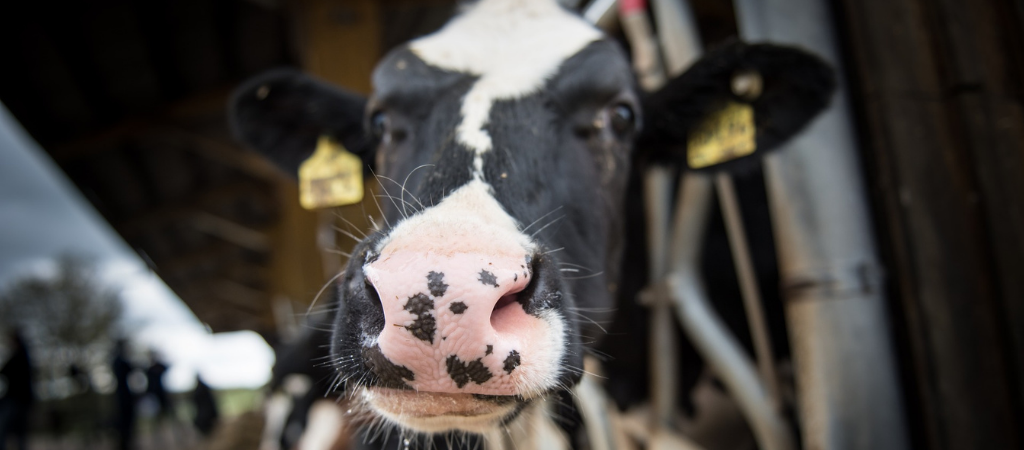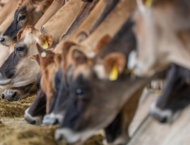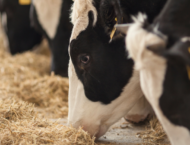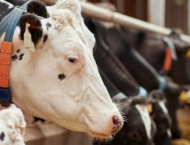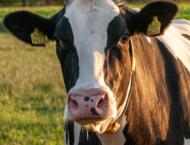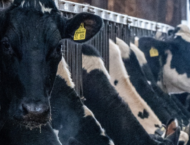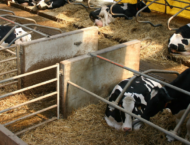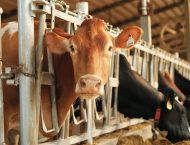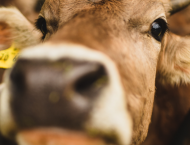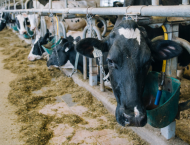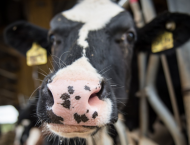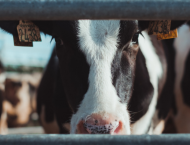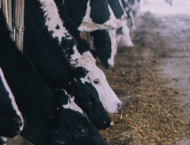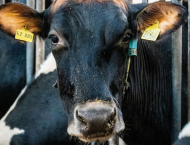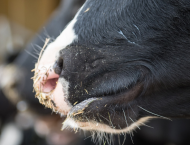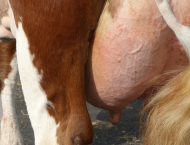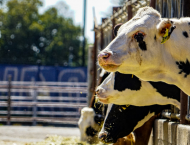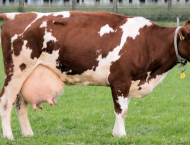We have already explored how early detection of mastitis is vital for udder health management on a farm1.
Today we will suggest practical tips aimed at giving a general idea of the severity of mastitis on the basis of signs at cow, udder, milk level. Depending on the severity, we will then seek or not veterinary advice and proceed with clinical examination, milk cultures and antibiotic sensitivity testing.
In case of traditional milking, early detection of mastitis by observing the cow, her udder and the milk must be conducted methodically and carefully. This is because we have no sensors helping us detect specific changes (such as electrical conductivity2).
The first thing to do is forestripping all cows before milking, following good hygiene practices before, during, and after milking. Since cows are more susceptible to new infections after calving, it is important to pay extra attention when conducting this step during their first month of lactation.
Further advantages of foremilk stripping are the avoidance of initial overmilking and natural Oxytocin release, which would make milking faster.
Table 1 indicates the signs occurring at cow, udder, milk level depending on the severity (from mild to severe) of clinical cases. Visible signs would help identify clinical cases but not subclinical mastitis: in this case, individual somatic cell counts higher than 200,000 cell/ml are a strong indicator of subclinical cases.
If you are directly involved in the milking routine, pay attention to these signs. In case you have employees doing it, take your time for training routinely.
About 85% of mastitis cases are mild or moderate. These are cases that do not require systemic and immediate treatment: therefore waiting 24-36 hours for treatment will not change the outcome. In this range of time, a possible autonomous regression of the disorder can be evaluated.
The remaining 15% of cases should be treated immediately and systematically.
Before the onset of full-blown mastitis and the occurence of infections, it is possible to intervene promptly with non-pharmacological solutions such as OZOLEA-MAST. The most common application of OZOLEA-MAST is when the milker detects the first milk flakes and notices changes in the milk.
To ensure its effectiveness in this case, OZOLEA created specific indications of use, reported in SSafeMILK Protocol M1 (Udder, lactation: altered milk and presence of milk flakes).
How to proceed after the identification of milk flakes and the sensitive quarter? At the end of milking, open the cap of the applicator and gently insert the plastic teat-safe needle into the teat canal for no more than 1 cm. Gently push the piston and let the product enter the teat canal. Extract the applicator and gently rub 5-6 seconds after each application.
Repeat the application in the sensitive quarter after each milking for 4 days. On the last day of application verify the absence of milk clots in the milk.
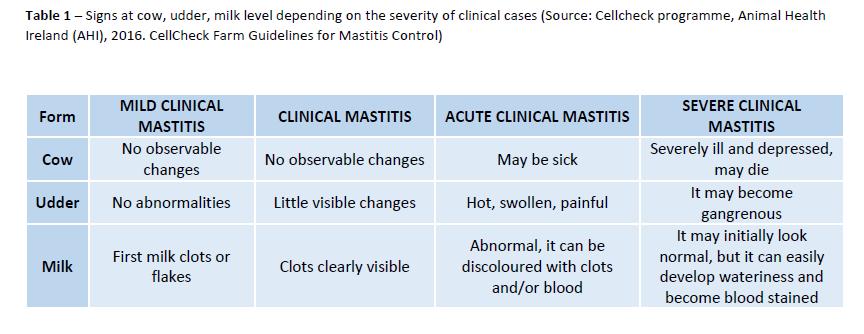
1 What changes in milk tell us when we forestrip.
https://www.ozolea.it/what-changes-in-milk-tell-us-when-we-forestrip/
2 Milking robots, acting on udder issues more promptly with electrical conductivity measurement.
CellCheck Programme
https://animalhealthireland.ie/programmes/cellcheck/

